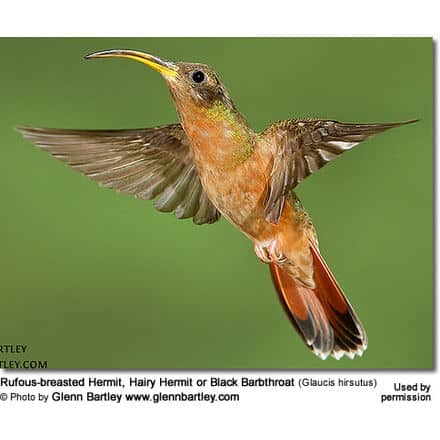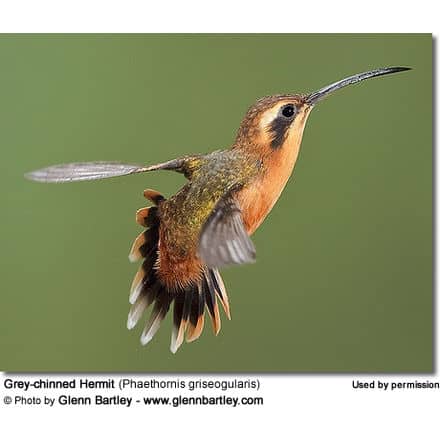Grass Warblers
The grass-warblers are small passerine birds belonging to the genus Locustella.
Formerly placed in the paraphyletic “Old World warbler” assemblage, they are now considered the northernmost representatives of a largely Gondwanan family, the Megaluridae.
Species breeding in temperate regions are strongly migratory.
Description:
The Grass Warblers are rather drab brownish “warblers” usually associated with fairly open grassland, shrubs, or marshes. Some are streaked, others plain, and all are difficult to view. They are insectivorous.
Song / Vocalization:
The Grass Warblers are most characteristic feature of this group is that the song of several species is a mechanical insect-like reeling which gives rise to the group’s scientific name.
The nine species are:
- Savi’s Warbler, Locustella luscinoides
- Pallas’s Grasshopper-warbler, Locustella certhiola
- Middendorf’s Grasshopper-warbler, Locustella ochotensis:
- The Middendorff’s Grasshopper-Warbler (Locustella ochotensis) is found in Brunei, China, Hong Kong, Indonesia, Japan, South Korea, Malaysia, the Philippines, Russia, Taiwan, and the United States.
- Lanceolated Warbler,Locustella lanceolata:
- The Lanceolated Warbler (Locustella lanceolata) breeds from northeast European Russia across northern Asia to northern Hokkaidō, Japan. It is migratory, wintering in southeast Asia. This small passerine bird is found in grassland with some thicker shrubby vegetation or trees, often close to water in bogs or wet clearings. This species is a rare vagrant to western Europe. One of the best places to see this skulking species as a vagrant is Fair Isle, Shetland. Five eggs are laid in a nest in a tussock. This is a small warbler. The adult has a streaked brown back, and whitish grey underparts, which have small lance-head-like streaks, also found on the undertail. The sexes are identical, as with most warblers, but young birds are yellower below. Like most warblers, it is insectivorous. This is a skulk species which is very difficult to see except sometimes when singing. It creeps through grass and low foliage. The song is a monotonous mechanical insect-like reeling, something like Grasshopper Warbler, often given at dusk.
- River WarblerLocustella fluviatilis
- The River Warbler, Locustella fluviatilis, breeds in east and central Europe into western Asia. It is migratory, wintering in East Africa. This small passerine bird is a species found in dense deciduous vegetation close to water in bogs or near a river. This species is a rare vagrant to western Europe.5-7 eggs are laid in a nest in a tussock or on the ground. This is a largish warbler. The adult has an unstreaked grey-brown back, whitish grey underparts, and a darker undertail, which has white feather tips giving a contrasting pattern. The sexes are identical, as with most warblers, but young birds are yellower below. Like most warblers, it is insectivorous. This is a skulk species which is very difficult to see except sometimes when singing. It creeps through grass and low foliage. The song is a monotonous mechanical insect-like reeling, often given at dusk. It is similar to the song of a Grasshopper Warbler, but has more of a sewing machine quality, and may be produced for long periods.
- Gray’s Grasshopper-warbler, Locustella fasciolata
- The Gray Grasshopper Warbler, Locustella fasciolata, breeds from western Siberia east to Sakhalin Island, Japan, and Korea. It is migratory, wintering in southeast Asia. This small passerine bird is a species found in lowland and coastal regions, nesting in forests or thickets. This is the largest of all the Locustella warblers, approaching the size of the Great Reed Warbler. The adult has an unstreaked olive-brown back, uniformly grey breast, and buff underparts, with unmottled dull orange under tail-coverts. The song is a short phrase, loud and distinctive, and nothing like the insect-like reeling of European Locustella species, and more musical than that of the Pallas’s Grasshopper Warbler.
- Grasshopper Warbler, Locustella naevia
- Styan’s Grasshopper-warbler, Locustella pleskei
- The Styan’s Grasshopper-Warbler (Locustella pleskei), also known as Pleske’s Grasshopper Warbler, is found in China, Hong Kong, Japan, North Korea, South Korea, and Russia. Its natural habitats are temperate shrubland, subtropical or tropical dry shrubland, and swamps. The continued existence of this species is threatened by habitat destruction.
- Japanese Swamp Warbler, Locustella pryeri
A fossil acrocoracoid from the Late Miocene (about 11 mya) of Rudabánya (NE Hungary) is quite similar to this bone in the present genus (Bernor et al. 2002). Given its rather early age (most Passerida genera are not known until the Pliocene), it is not too certain that it is correctly placed here, but it is highly likely to belong to the Megaluridae at the least. As the grass warblers are the only known megalurid warblers from Europe, it is still quite likely that the bone piece belongs to a basal Locustella.
References
- Drovetski, S.V., Zink, R.M., Fadeev, I.V., Nesterov, E.V., Koblik, Ye.A, Red’kin, Ya.A., and Rohwer, S. 2004. Mitochondrial phylogeny of Locustella and related genera. Journal of Avian Biology 35: 105-110 doi:10.1111/j.0908-8857.2004.03217.x
- Bernor, R.L.; Kordos, L. and Rook, L. (eds): Recent Advances on Multidisciplinary Research at Rudabánya, Late Miocene (MN9), Hungary: A compendium. Paleontographica Italiana 89: 3-36. PDF fulltext
- Del Hoyo, J.; Elliot, A. and Christie D. (editors). (2006). Handbook of the Birds of the World. Volume 11: Old World Flycatchers to Old World Warblers. Lynx Edicions. ISBN 849655306X.




